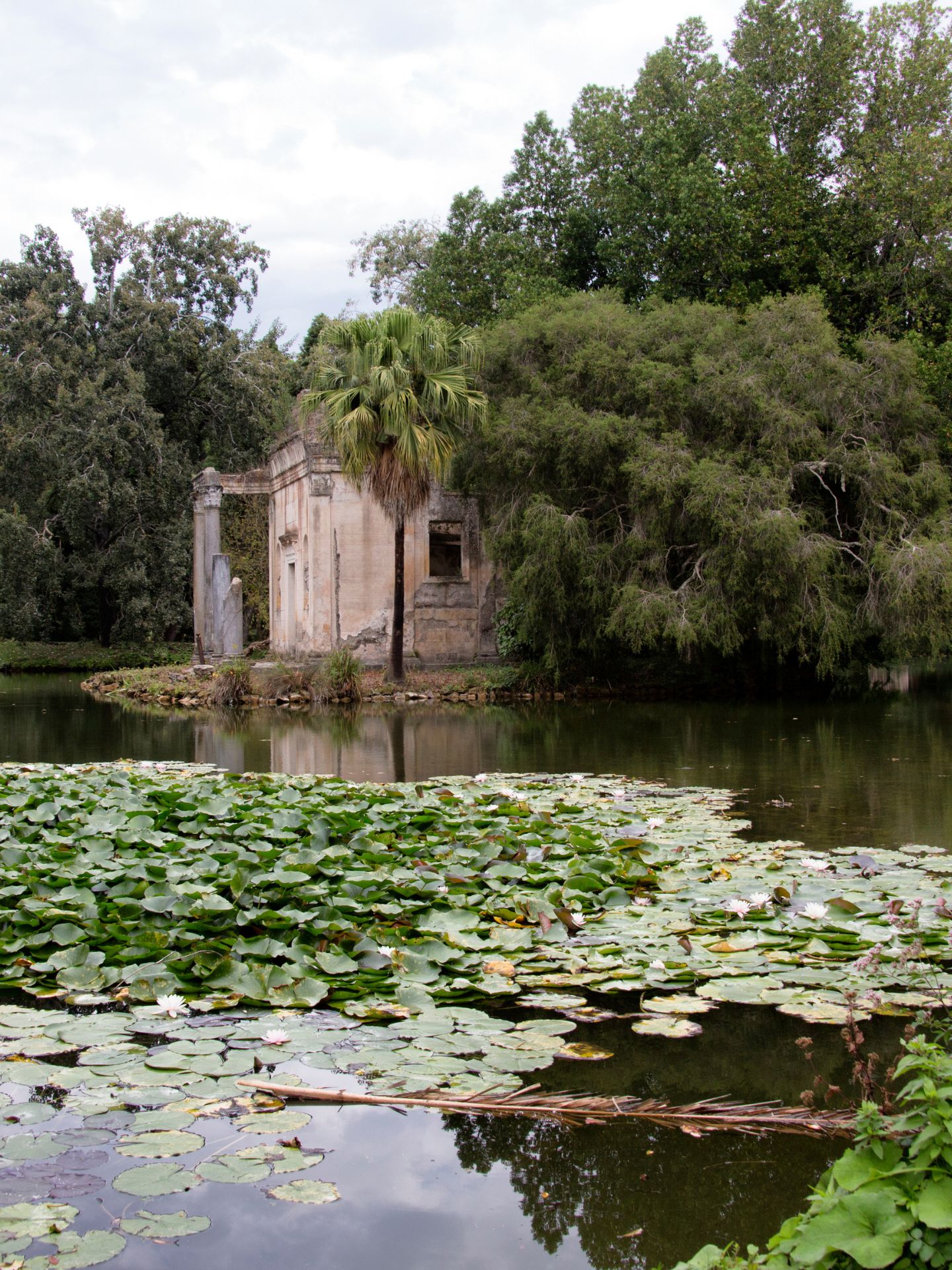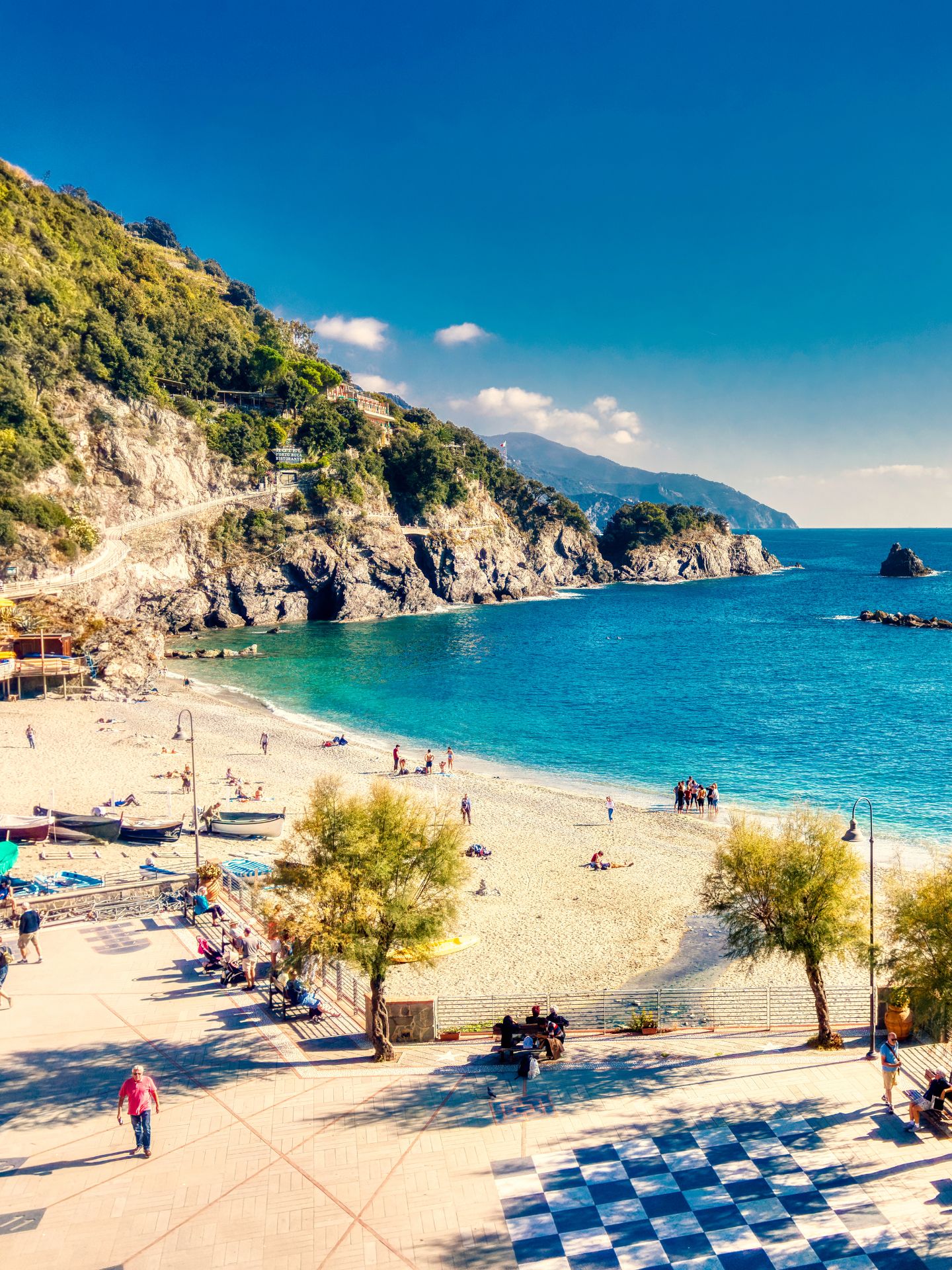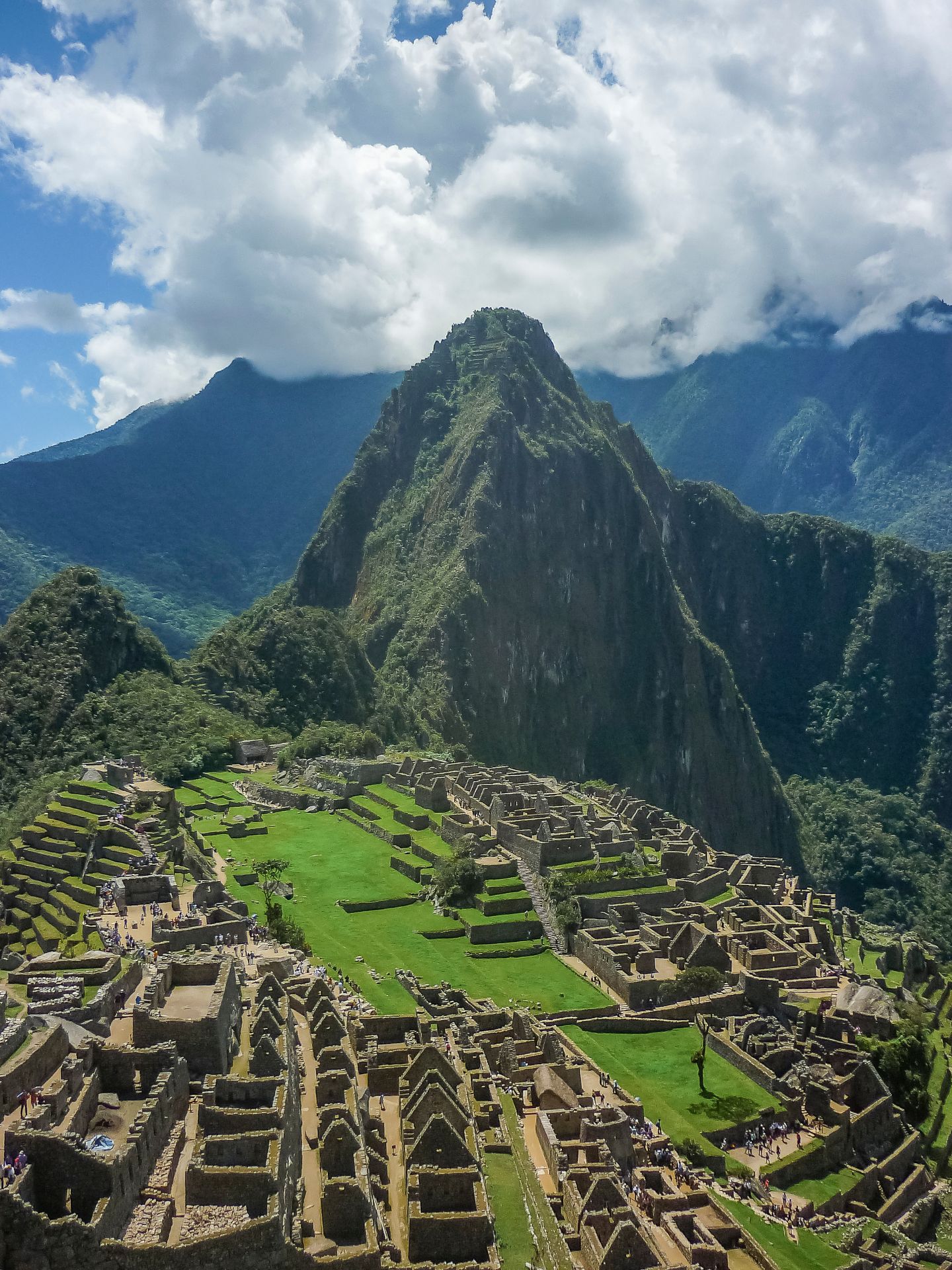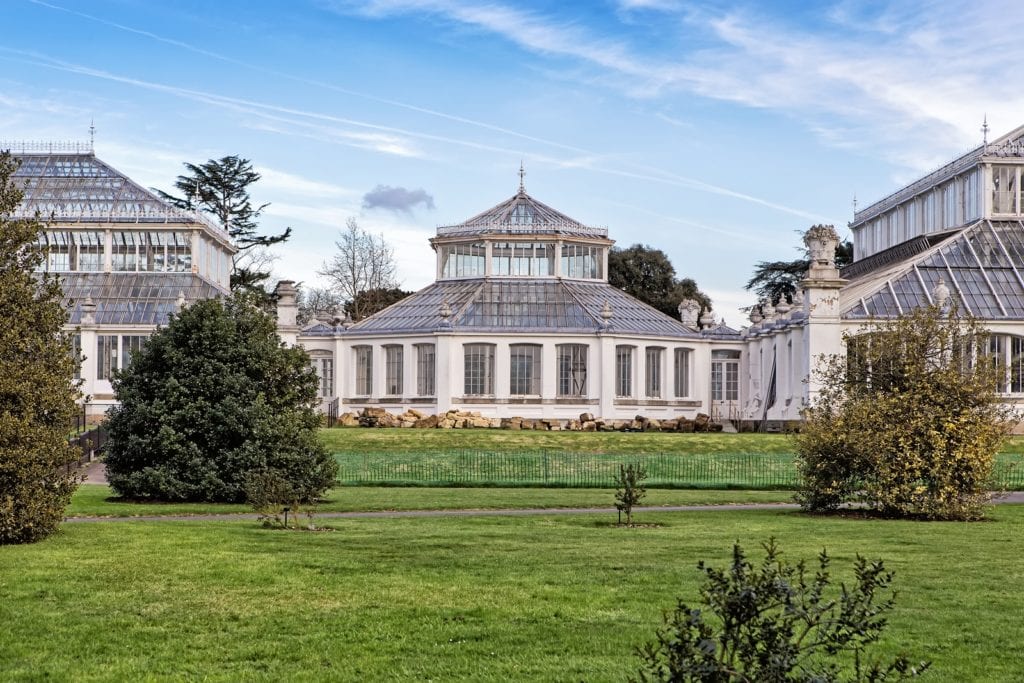
If you’re a lover of plants and gardens, visiting one or all of the world’s three UNESCO-listed botanical gardens should be near the top of your travel list. From vibrant displays of flowers to carefully curated collections of plants from around the world, these gardens offer a unique opportunity to see some of the planet’s most remarkable flora.
Kew Gardens
Kew Gardens is a world famous botanical garden located in southwest London. The gardens are home to more than 50,000 different plant species, making it one of the most diverse gardens in the world. In addition to its many rare plants, Kew Gardens is also home to several glasshouses, including the world’s largest Victorian glasshouse.
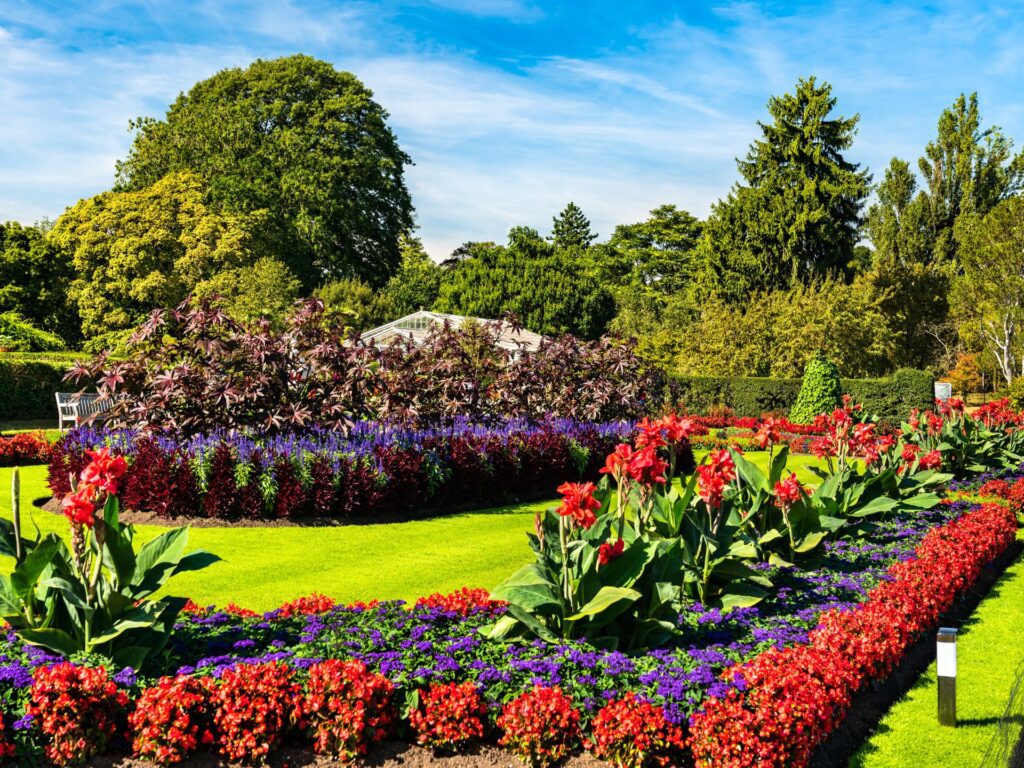
Explore Victorian glasshouses and beehives
The Temperate House is the world’s largest surviving Victorian glasshouse and is home to 1,500 species of plants from Africa, Australia, New Zealand, the Americas, Asia and the Pacific Islands. It houses plants that are found in the temperate region of the world.
The Palm House is a living laboratory dedicated to the Earth’s tropical regions. It provides scientists with an opportunity for research into medicine and sustainable cropping, by housing some of their most threatened environments on earth in one place – allowing you to see what lives here too!
Kew’s “The Hive” is a stunning installation in a wildflower meadow that recreates life inside an intimate beehive. One thousand LED lights glow according to vibrations of bees who call Kew home, while a musical symphony responds to the activity in the key of C – the same key that bees buzz in.
Singapore Botanic Gardens
The Botanic Gardens in Singapore is the first and only tropical botanic garden on the UNESCO World Heritage list and one of the city’s most popular attractions. The gardens span 200 acres and is home to both the National Orchid Garden as well as a rare patch of dense primeval rainforest. The National Orchid Garden is the centerpiece of the Botanic Gardens and was established as an orchid-breeding program over 80 years ago. Today, the garden houses over 1,200 species and 2,000 hybrids of orchids. The garden is free to enter but the National Orchid Garden will cost extra. Don’t skip it though, it’s totally worth it!
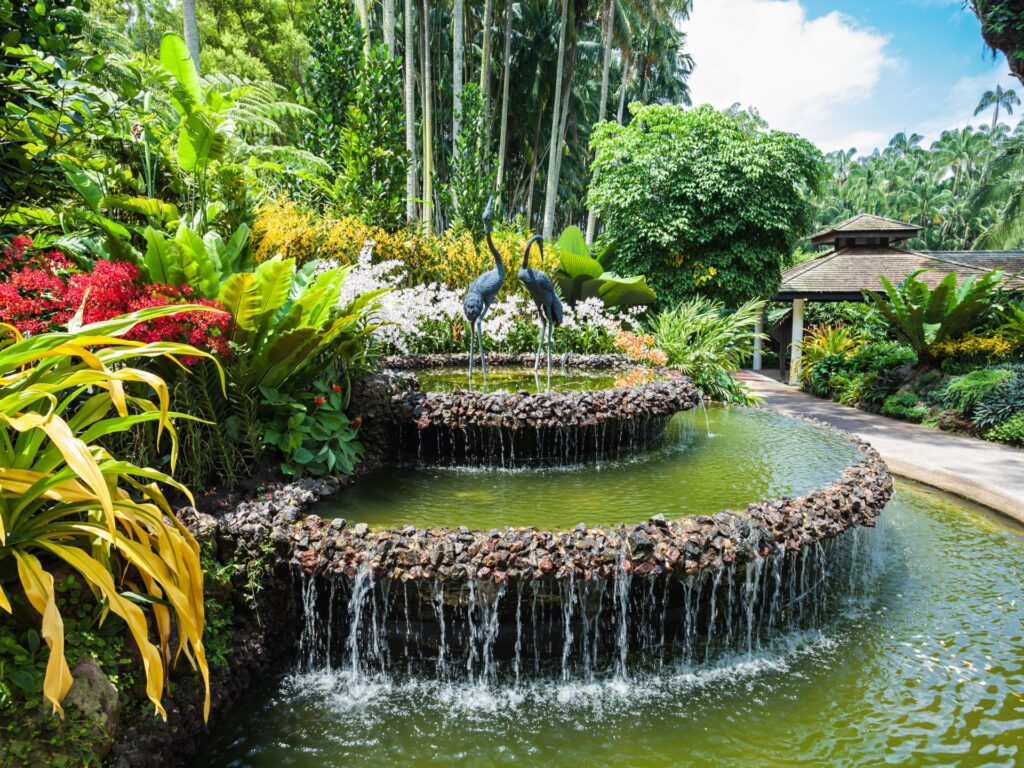
The Orchid Garden
The National Orchid Garden is a research facility that focuses on the conservation, research, and propagation of orchids. You’ll find over 1,000 species and 2,000 on display and the Gardens remains a centre for research, conservation and education of regional and international importance, and tranquil oasis for recreation.
Rainforest
The Botanic Gardens’ Rain Forest is a national treasure not only for its rich biodiversity, but also because it’s part of the original site. A whopping 314 types of plants fighting for space is what you’ll find in this primary tropical forest that only spans six hectares. This subtropical ecosystem includes herbs and ferns, climbers, shrubs, and trees at different levels.
Botanical Garden, Padua
The Padua Botanical Garden, also known as the Orto Botanico di Padova, is one of the oldest botanical gardens in the world. It was founded in 1545 by the University of Padua and is located in the heart of Padua, Italy. The garden is home to over 7,000 species of plants, many of which are rare and endangered. The garden is also home to a library with over 50,000 volumes, making it one of the largest botanical libraries in the world.
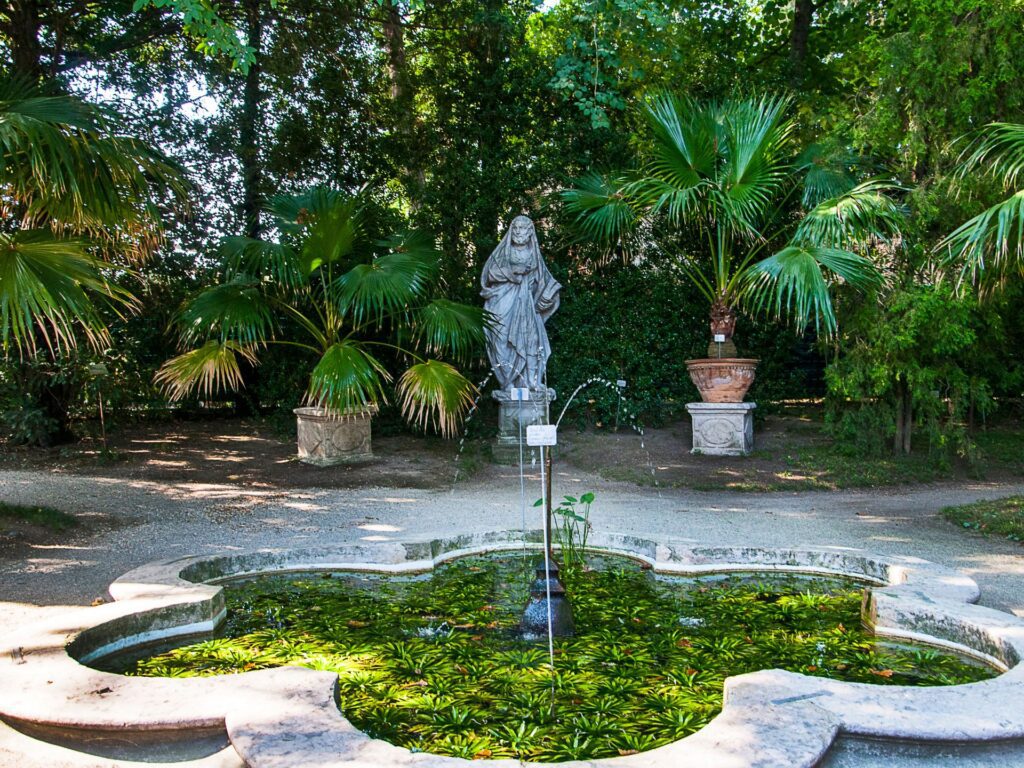
The garden was originally designed as a place for students to study plants and learn about their medicinal properties. Over the years, the garden has been expanded and now covers over 5 acres. The garden is home to over 6,000 species of plants, many of which are rare and endangered.
The Orto Botanico di Padova’s library contains books on botany, gardening, horticulture, and other related topics. The library is open to the public and is one of the largest botanical libraries in the world.
Some of the features that make the Orto Botanico di Padova unique include its greenhouses, which were built in 1883 and house exotic plants from all over the world; its system of canals, which are used to irrigate the garden; and its outdoor sculptures, which include a statue of Galileo Galilei.

